推薦產品
生物源
rabbit
品質等級
共軛
unconjugated
抗體表格
affinity isolated antibody
抗體產品種類
primary antibodies
無性繁殖
polyclonal
形狀
buffered aqueous solution
分子量
44 kDa
物種活性
bovine, human, pig, rabbit, sheep
濃度
0.5 mg - 1 mg/mL
技術
ChIP: suitable
immunohistochemistry: suitable
western blot: suitable
UniProt登錄號
運輸包裝
wet ice
儲存溫度
−20°C
基因資訊
human ... TP53(7157)
一般說明
TP53 acts as a tumor suppressor in many tumor types; induces growth arrest or apoptosis depending on the physiological circumstances and cell type. Involved in cell cycle regulation as a trans-activator that acts to negatively regulate cell division by controlling a set of genes required for this process. This gene encodes tumor protein p53, which responds to diverse cellular stresses to regulate target genes that induce cell cycle arrest, apoptosis, senescence, DNA repair, or changes in metabolism. p53 protein is expressed at low level in normal cells and at a high level in a variety of transformed cell lines, where it′s believed to contribute to transformation and malignancy. p53 is a DNA-binding protein containing transcription activation, DNA-binding, and oligomerization domains. It is postulated to bind to a p53-binding site and activate expression of downstream genes that inhibit growth and/or invasion, and thus function as a tumor suppressor. Mutants of p53 that frequently occur in a number of different human cancers fail to bind the consensus DNA binding site, and hence cause the loss of tumor suppressor activity. Alterations of this gene occur not only as somatic mutations in human malignancies, but also as germline mutations in some cancer-prone families with Li-Fraumeni syndrome. Multiple p53 variants due to alternative promoters and multiple alternative splicing have been found. These variants encode distinct isoforms, which can regulate p53 transcriptional activity.
免疫原
Synthetic peptide directed towards the N terminal region of human TP53
生化/生理作用
TP53 acts as a tumor suppressor in many tumor types; induces growth arrest or apoptosis depending on the physiological circumstances and cell type. Involved in cell cycle regulation as a trans-activator that acts to negatively regulate cell division by controlling a set of genes required for this process. This gene encodes tumor protein p53, which responds to diverse cellular stresses to regulate target genes that induce cell cycle arrest, apoptosis, senescence, DNA repair, or changes in metabolism. p53 protein is expressed at low level in normal cells and at a high level in a variety of transformed cell lines, where it′s believed to contribute to transformation and malignancy. p53 is a DNA-binding protein containing transcription activation, DNA-binding, and oligomerization domains. It is postulated to bind to a p53-binding site and activate expression of downstream genes that inhibit growth and/or invasion, and thus function as a tumor suppressor. Mutants of p53 that frequently occur in a number of different human cancers fail to bind the consensus DNA binding site, and hence cause the loss of tumor suppressor activity. Alterations of this gene occur not only as somatic mutations in human malignancies, but also as germline mutations in some cancer-prone families with Li-Fraumeni syndrome. Multiple p53 variants due to alternative promoters and multiple alternative splicing have been found. These variants encode distinct isoforms, which can regulate p53 transcriptional activity.
序列
Synthetic peptide located within the following region: EEPQSDPSVEPPLSQETFSDLWKLLPENNVLSPLPSQAMDDLMLSPDDIE
外觀
Purified antibody supplied in 1x PBS buffer with 0.09% (w/v) sodium azide and 2% sucrose.
免責聲明
Unless otherwise stated in our catalog or other company documentation accompanying the product(s), our products are intended for research use only and are not to be used for any other purpose, which includes but is not limited to, unauthorized commercial uses, in vitro diagnostic uses, ex vivo or in vivo therapeutic uses or any type of consumption or application to humans or animals.
未找到適合的產品?
試用我們的產品選擇工具.
儲存類別代碼
10 - Combustible liquids
水污染物質分類(WGK)
WGK 3
閃點(°F)
Not applicable
閃點(°C)
Not applicable
分析證明 (COA)
輸入產品批次/批號來搜索 分析證明 (COA)。在產品’s標籤上找到批次和批號,寫有 ‘Lot’或‘Batch’.。
Wei Min et al.
The American journal of Chinese medicine, 42(3), 709-727 (2014-05-30)
Ultraviolet A (UVA) radiation contributes to skin photoaging. Baicalin, a plant-derived flavonoid, effectively absorbs UV rays and has been shown to have anti-oxidant and anti-inflammatory properties that may delay the photoaging process. In the current study, cultured human skin fibroblasts
Jia-Ming Xie et al.
Cancer research, 74(18), 5127-5138 (2014-08-03)
The p53-induced glycolysis and apoptosis regulator (TIGAR) inhibits glycolysis, resulting in higher intracellular NADPH, lower reactive oxygen species (ROS) and autophagy activity. In this study, we investigated whether TIGAR might exert dual impacts on cancer cell survival based on its
Timothy S Pardee et al.
Oncotarget, 5(12), 4170-4179 (2014-06-26)
F10 is an oligonucleotide based on the thymidylate synthase (TS) inhibitory 5-fluorouracil (5-FU) metabolite, 5-fluoro-2'-deoxyuridine-5'-O-monophosphate. We sought to determine the activity of F10 against preclinical models of acute lymphoblastic leukemia (ALL). F10 treatment resulted in robust induction of apoptosis that
C Leufke et al.
Oncogene, 33(27), 3506-3518 (2013-08-21)
The incidence of skin cancer is increasing worldwide and cutaneous squamous cell carcinomas (SCCs) are associated with considerable morbidity and mortality, particularly in immunosuppressed individuals ('carcinomatous catastrophy'). Yet, molecular mechanisms are still insufficiently understood. Besides ultraviolet (UV)-indicative mutations, chromosomal aberrations
Maja T Tomicic et al.
Cancer research, 74(19), 5585-5596 (2014-08-16)
DNA repair processes are a key determinant of the sensitivity of cancer cells to DNA-damaging chemotherapeutics, which may induce certain repair genes as a mechanism to promote resistance. Here, we report the results of a screen for repair genes induced
我們的科學家團隊在所有研究領域都有豐富的經驗,包括生命科學、材料科學、化學合成、色譜、分析等.
聯絡技術服務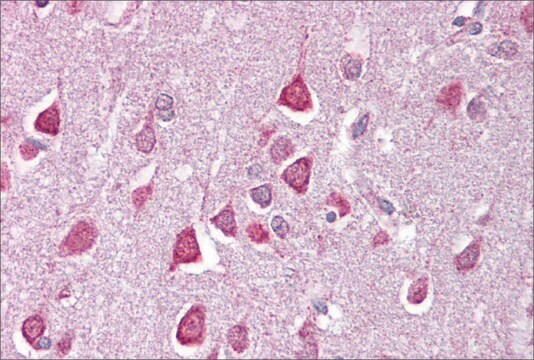
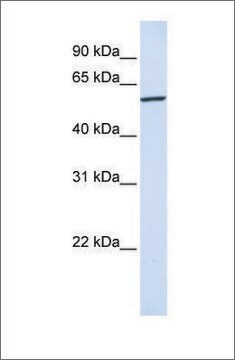
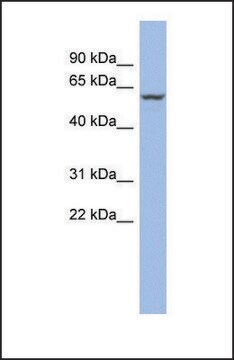
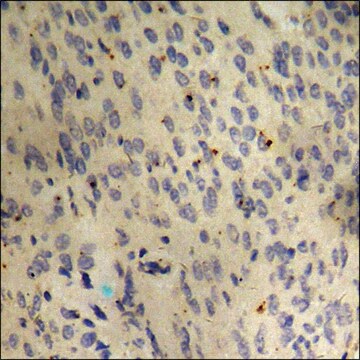

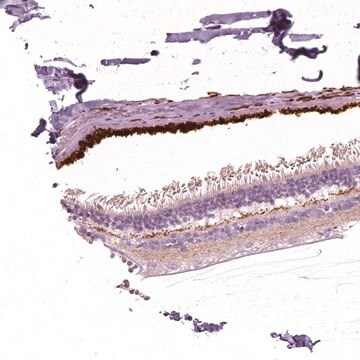
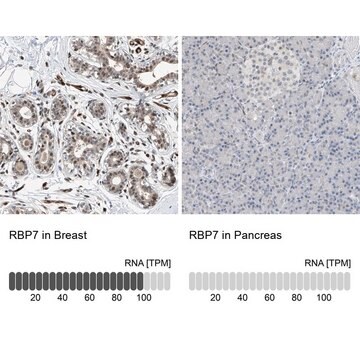
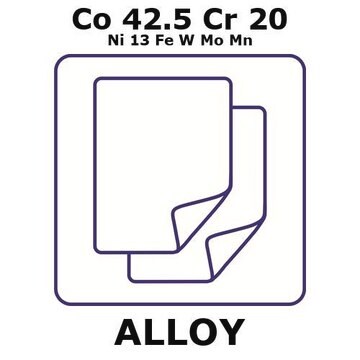
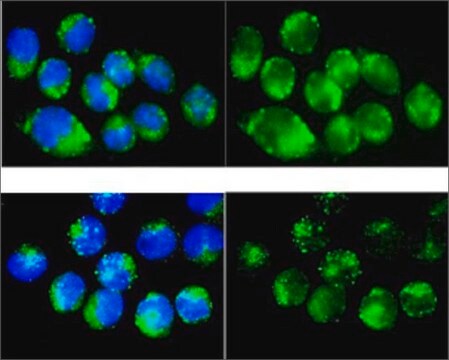
![[KO Validated]Anti-HPRT1 Antibody, clone 4N2Q6, Rabbit Monoclonal](/deepweb/assets/sigmaaldrich/product/images/171/415/c02424c7-5933-411e-8bf9-d0f73a39e4de/640/c02424c7-5933-411e-8bf9-d0f73a39e4de.jpg)